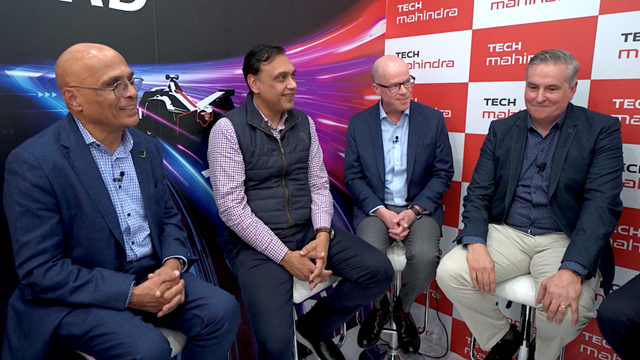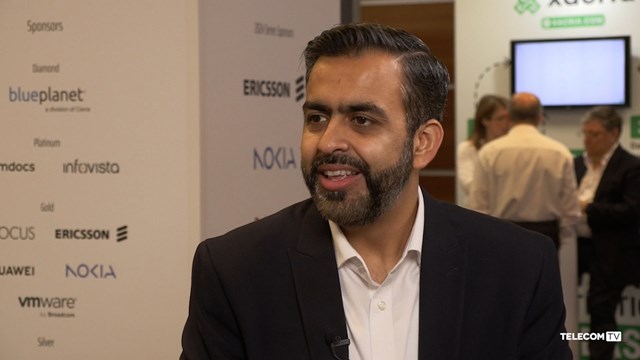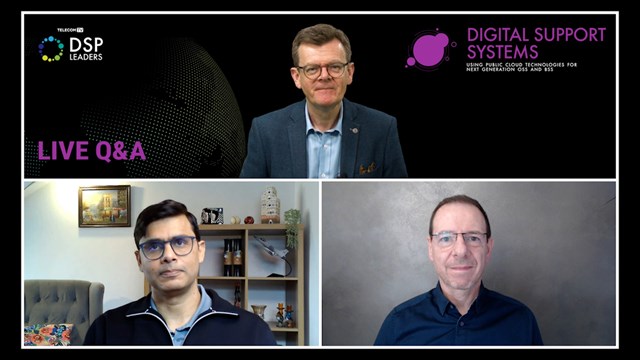Smart Connected Objects are Not Smart Enough, finds Strategy Analytics
Expectations for a Frictionless User Experience Require Devices to Operate Independently from the User
July 23, 2018
BOSTON
Findings in Strategy Analytics’ User Experience Strategies (UXS) report, “Connected Objects: AI is the New Smart,” suggest that with from the integration of edge-based Artificial Intelligence (AI) capabilities, smart will eventually not be smart enough. Tweet this
BOSTON--(BUSINESS WIRE)--Connected objects in the home and beyond are distinguished by their ability to be remotely monitored and controlled. The expectation of a frictionless and near invisible user experience in the future will require devices that can operate independently of the user. **** Findings published in Strategy Analytics’ User Experience Strategies (UXS) recent report, “ Connected Objects: AI is the New Smart , ” suggest that with the integration of edge-based Artificial Intelligence (AI) capabilities, ‘smart’ (as in ‘connected’) will eventually not be smart enough.
Key report findings:
- Current generation smart devices offer limited value-added functionality to the consumer compared to their non-connected counterparts. Their reliance on an app restricts them to command and control, while the real value of connectivity lies in intercommunication, automation and the ability to visualize and interpret the data in meaningful ways.
- Networked devices could potentially leverage AI from edge computers to provide truly unique use cases that can adapt around a user’s schedule with relative invisibility.
- Devices that can interoperate and benefit from edge-based AI are potentially more likely to delight users with experiences that are distinct and new.
Mathew Alton , Senior Analyst and report author commented, “For connected objects, the impetus should be on creating a quick, seamless and valuable experience. If there must be an interface, it needs to be as simple and focused as possible. Voice and touch are obvious answers because they can provide a quick and natural HMI that contribute towards a frictionless and ‘nearly invisible’ UX.”
Added Chris Schreiner , Director, Syndicated Research UXIP, “The dynamic exchange of information between connected objects in the home and beyond would allow these devices to adapt around the user instead of the user having to adapt around them; and consequently to become far more functional and compelling.”
Email Newsletters
Sign up to receive TelecomTV's top news and videos, plus exclusive subscriber-only content direct to your inbox.



